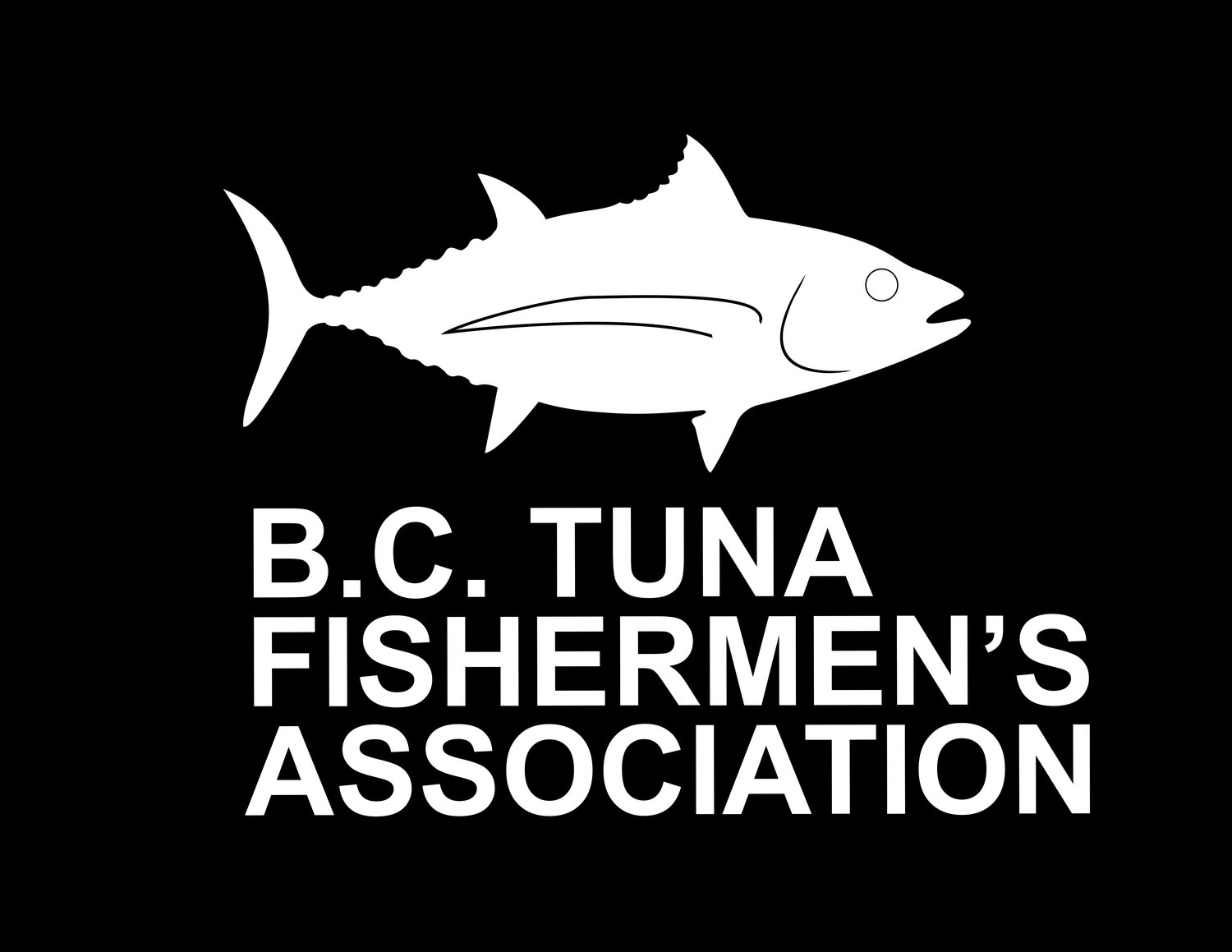By Neil Ramsden
High levels of tuna catches in the western, central, and eastern regions of the Pacific Ocean in May and June have led to supply bottlenecks and a tricky time for the logistics chain, according to an internal memo from the World Tuna Purse Seine Organisation (WTPO).
The note, seen by Undercurrent News, notes "above average" catching "from May this year to the first week of June 2019". Over the same period, Atlantic catches have been average and Indian Ocean landings poor, it said.
At the end of May Undercurrent reported skipjack tuna prices in key processing hubs such as Thailand and Ecuador were expected to weaken in June, signaling the downtrend started in May might continue into the summer months.
Higher Chinese offering in key markets and lower demand in the Middle East were mentioned as the key bearish drivers, while some sources in Ecuador pointed out that price instability is hindering commissioning of new fishing vessels in Latin America.
High catch levels in May have seen a lack of carrier space at sea in the Western and Central Pacific Fisheries Commission (WCPFC) region, as well as a lack of cold storage space in ports, resulting in slow unloading and turnaround of reefer carriers, said WTPO.
"Purse seine vessels have been forced to stay in port for 10 to 12 days longer than usual, while we have reports that some... have stayed in port for more than two weeks."
This has seen most purse seine vessel owners -- as well as traders -- in the WCPFC suffer from demurrage charges "imposed by refrigerated carrier companies, in addition to high fishing access fees".
"This further aggravates the overall economic viability of the fishing vessel operator/company," said the WTPO secretariat.
It said there was a consensus from most member companies in the western and central Pacific Ocean (WCPO), Indian Ocean, and Atlantic Ocean, to voluntarily call some vessels back to their home ports for early drydocking and maintenance work, plus vessels which are also scheduled to leave port have been ordered to stay in port due to the unfavorable conditions at the fishing grounds. The WTPO encouraged others to do the same.
"We analyze that the situation will stabilize soon given the upcoming ban on [fish aggregating devices] in the WCPO by July 1, which will result in a 30% reduction in production based on past three years data." A complete fishing ban in the eastern Pacific is also due for July 29 to Oct. 8, a source further told Undercurrent.
To read the full article follow the link:
